In The Bay Area, The Poor Feel the Impact of Climate Change First
According to National Geographic, sea levels, on average, have risen 4 to 8 inches in the past hundred years. Even more concerning, the rates of rise have been increasing exponentially, and will continue to accelerate at faster and faster rates.
Rising sea levels heavily affect us here in the Bay, and if you do not think this issue has impacted you, it’s only a matter of time before it will. According to University of California-Berkeley, in the next hundred years, large seaboard chunks of Mountain View, Palo Alto, Redwood City, Menlo Park and Sunnyvale will be under the ocean, entailing detrimental economic implications that are going to all citizens of the Bay Area. However, these implications are going to disproportionately affect the lower classes in the Bay Area.
The co-director of the West Oakland Environmental Indicators Project, Brian Beveridge, told the Public Press: “It’s going to fall down along lines of class and political power– who will be protected and who will be thrown to the dogs.”
The socioeconomic divide in the Bay Area– an already troubling issue– will be further deepened as sea levels rise. Once houses become inundated, citizens belonging to the lower class will be left homeless while the rich are in a better financial position to relocate. That, added to the fact that the rich can afford flood insurance while those in the lower class are less likely to have that privilege, will make the stark contrast between the upper and lower classes even more palpable.
But it’s not just the people whose houses have sunk who will lose their homes. As property on dry land becomes scarcer, there will be an increase in the demand for the houses on high ground, and a new form of gentrification– what is newly referred to as “climate gentrification” — will take place. Once the rich begin to lose their homes to rising sea levels, they will begin essentially pushing the poor out of their homes, displacing them in order to build new developments. In essence, with the rise of sea levels will come the suffering of all of the Bay Area lower class.
The notion of climate gentrification hitting the Bay is foreseeable, as this is what is occurring in Miami, Florida, where the rise of sea levels has had a larger impact on housing and the real estate market. As Erika Bolstad wrote for Scientific American in her article, “High Ground Becoming Hot Property as Sea Levels Rise,” real-estate owners in Miami are now “on the lookout for a place to live on higher ground, which is likely to push people of color and the poor out of neighborhoods.”
Since the rising sea level situation in Miami is more advanced than that of the Bay Area, the real-estate patterns and climate gentrification in Florida are a good indicator of what is to come to the Bay Area once the severity of our status reaches that point. But we are already seeing the socioeconomic vulnerability of the Bay Area with another rising sea level/climate change induced natural disaster: flooding.
The effects of climate gentrification on the Bay Area are speculative extrapolations of the future, but right here, right now, it is observable that time and again, the brunt of the consequences of flooding have consistently fallen on the shoulders of the already marginalized lower class.
17,430 residents of Santa Clara County– home of Foothill College– have their property currently flooded below 3 feet, according to Climate Central, but of the people who live in areas prone to flooding, the majority are of low-income households. According to an article published by San Jose Mercury News, “most of the flood zone is moderate to low-income. Residents will struggle to replace lost belongings or, if they’re homeowners, to pay for repairs.” The San Jose lower class is virtually forced into cheap housing– its price due to its susceptibility to flooding — and are then obliged to periodically pay for repairs when a flood inevitably hits. This process of living in housing due to low income and then having to pay money due to the housing creates a system where the San Jose lower class is kept at the bottom, making upward social mobility impossible while making it an extraordinary struggle to maintain the bare necessities.
Lower classes in the Bay Area have been more vulnerable to the impacts of climate change and rising sea levels, which only exacerbates the social stratification in the Bay for the worse. Once climate change takes its toll, the lower class will be the first to take the hit while the upper class comes out virtually unscathed– that is until we bring climate change to the point where there is no more dry land left on the planet and we all go down.





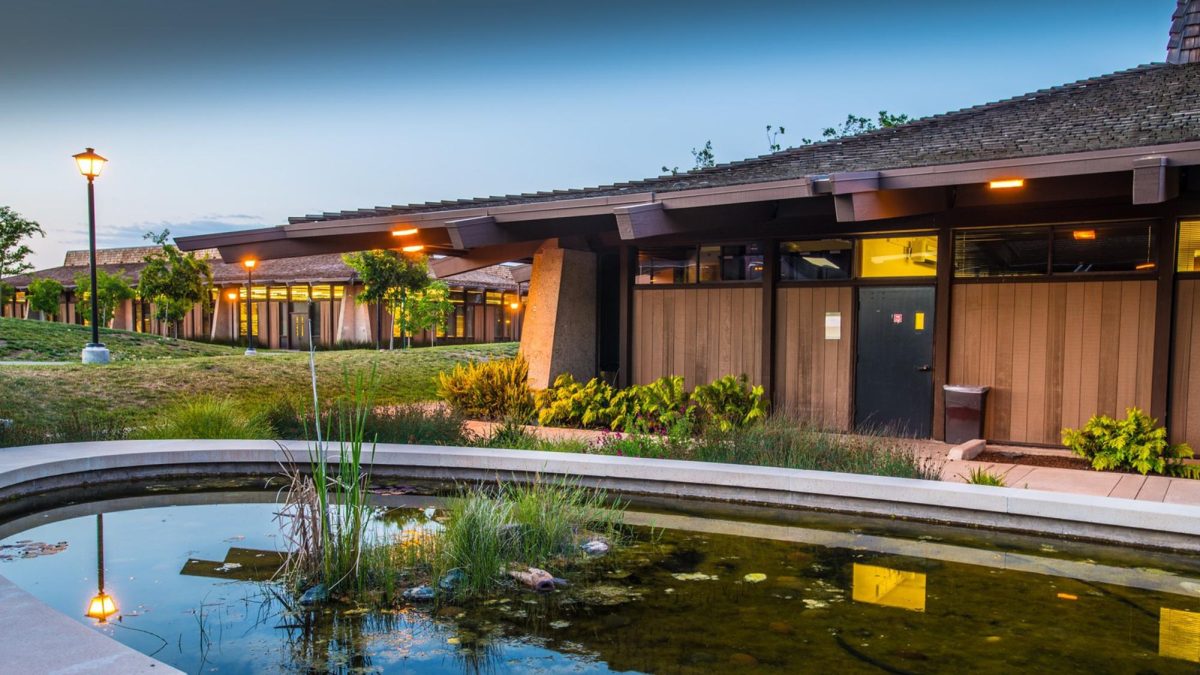



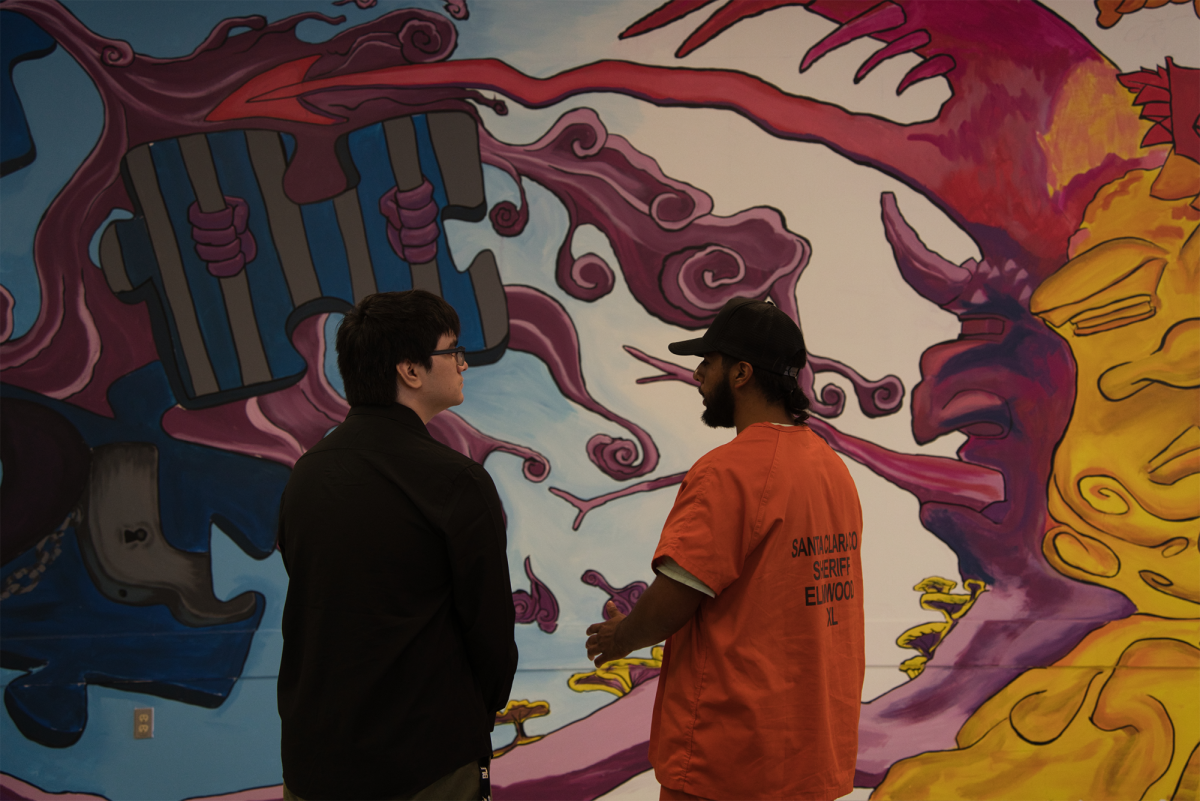

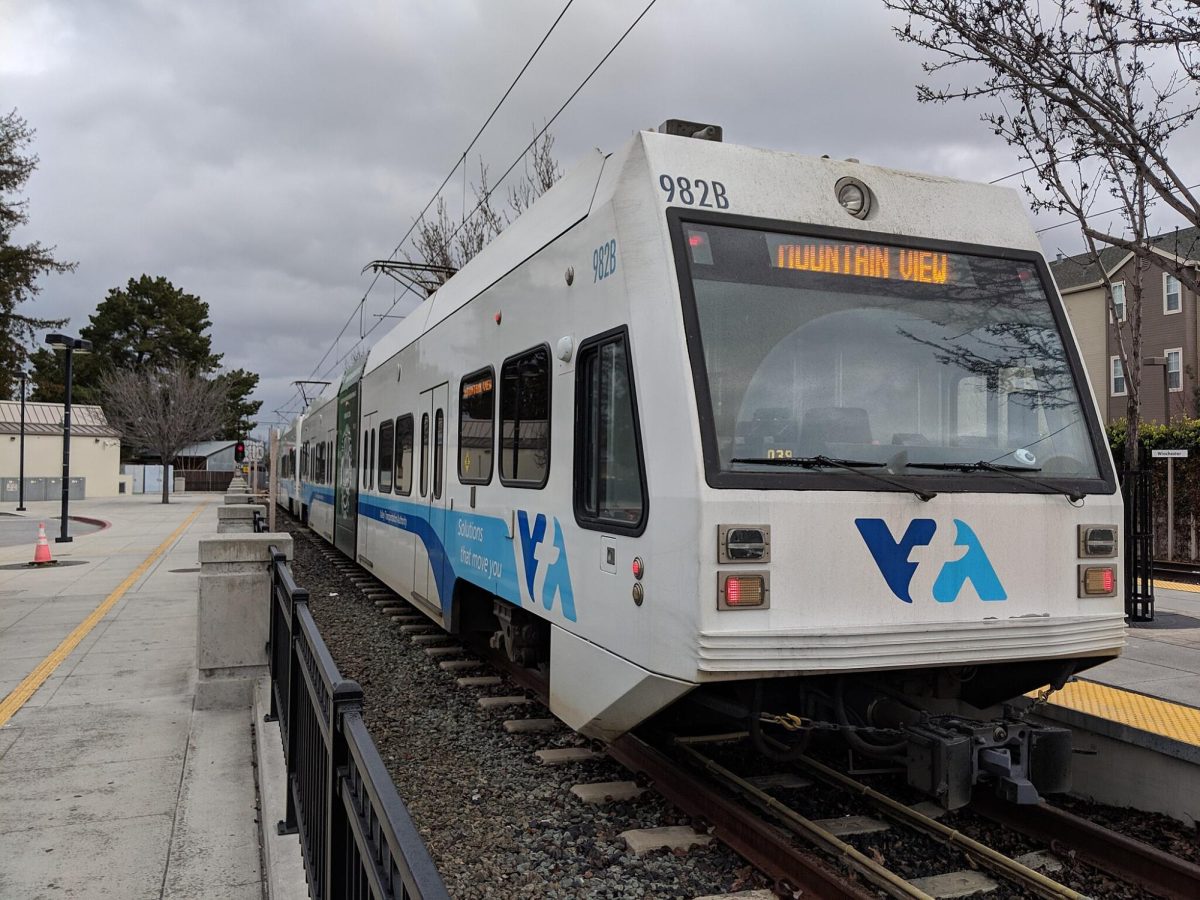






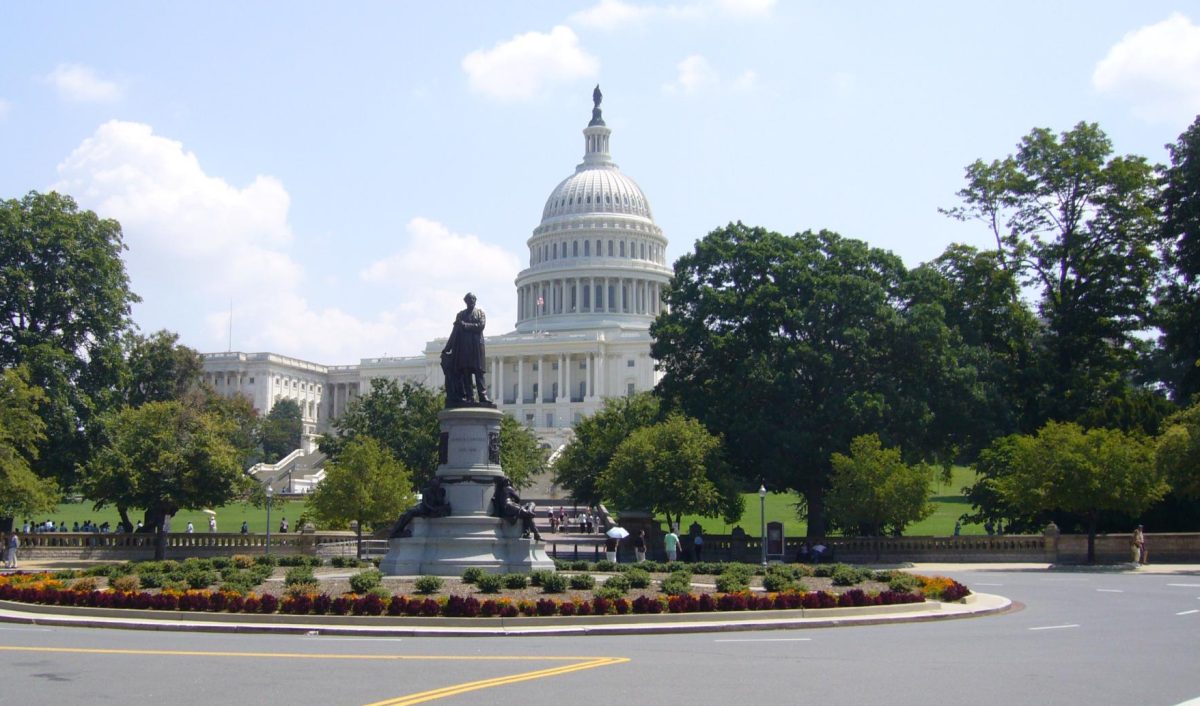

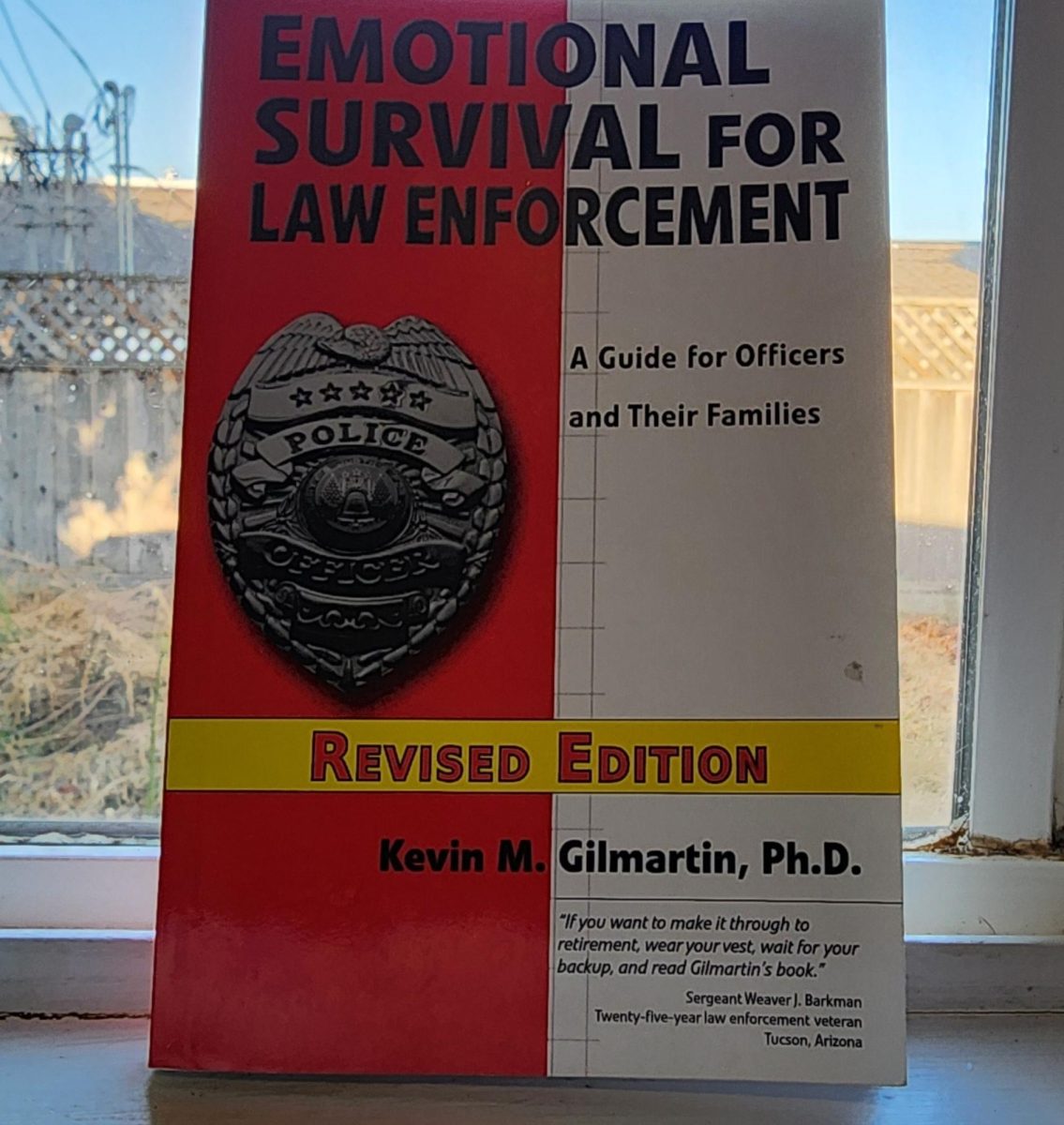
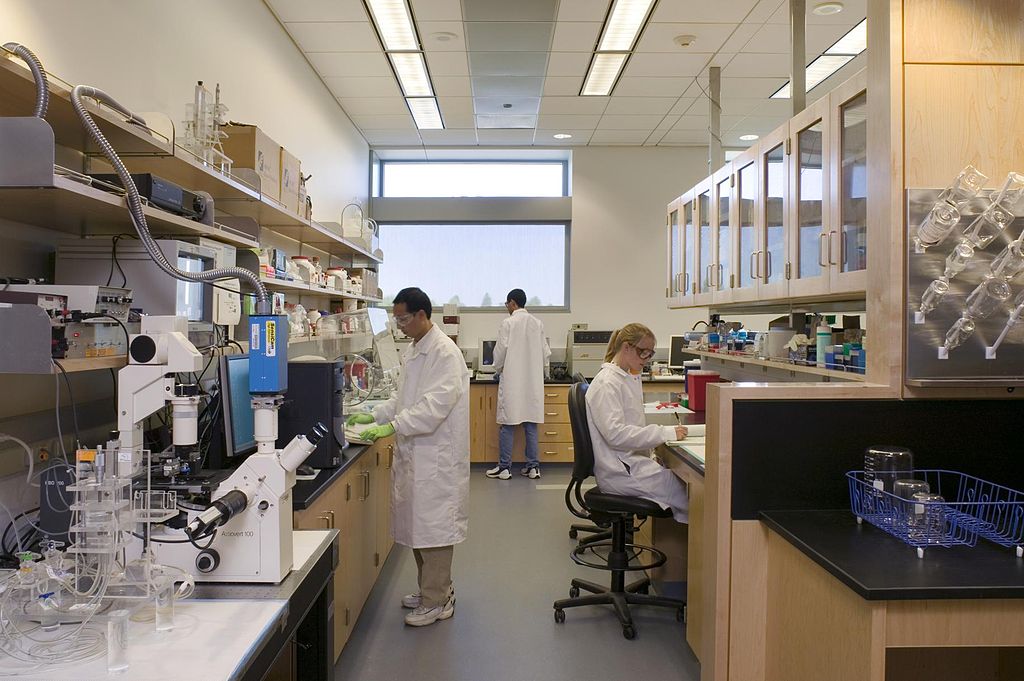






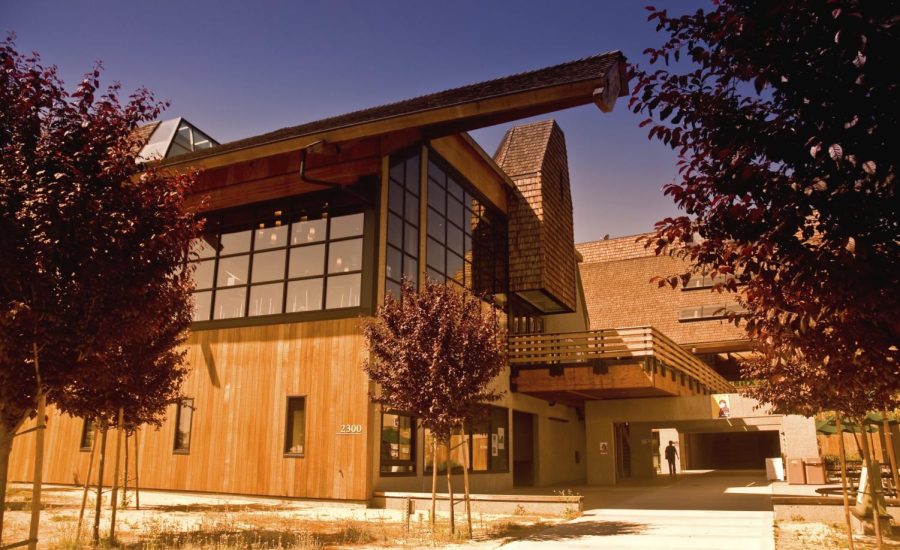

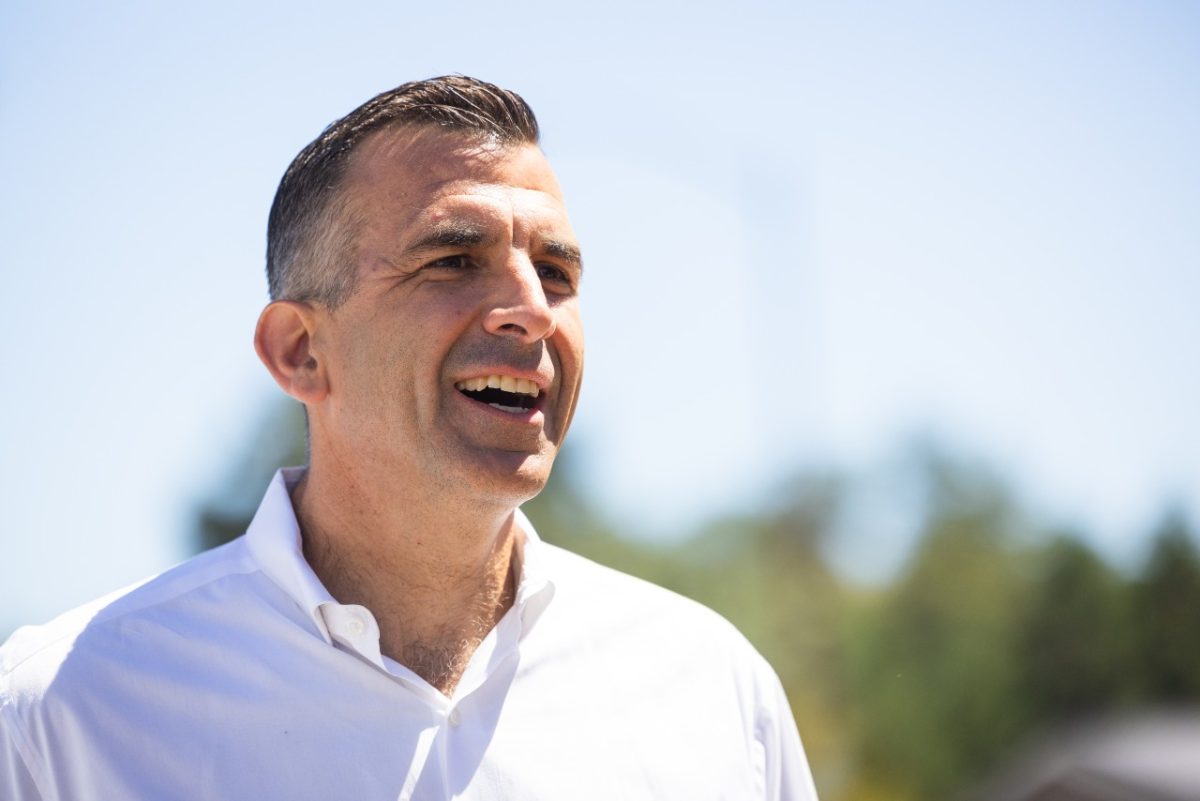

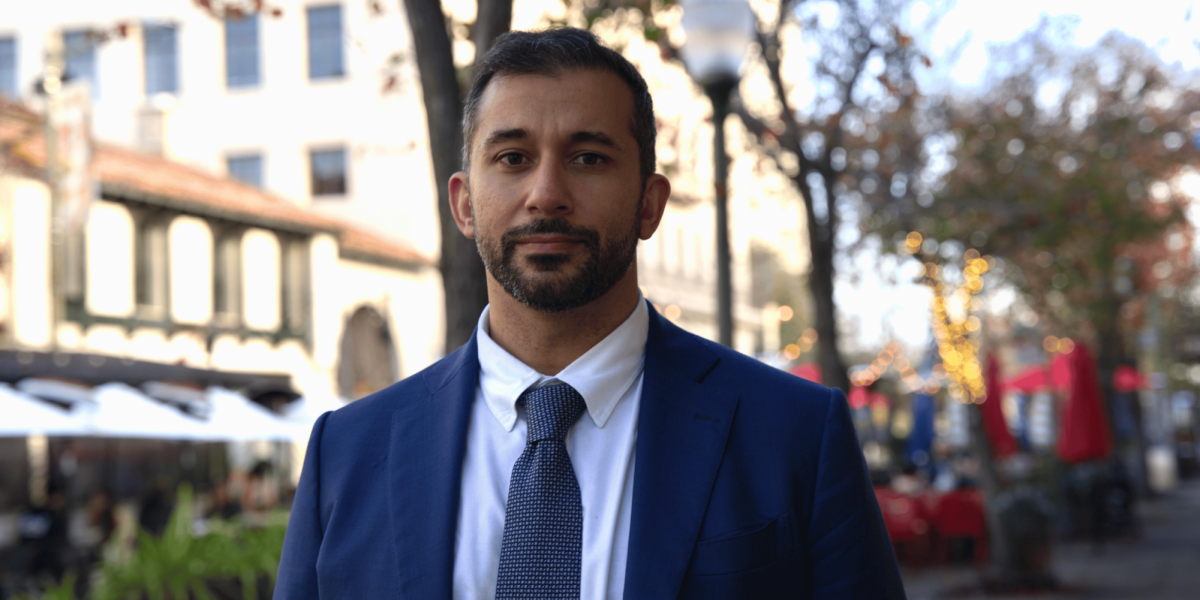










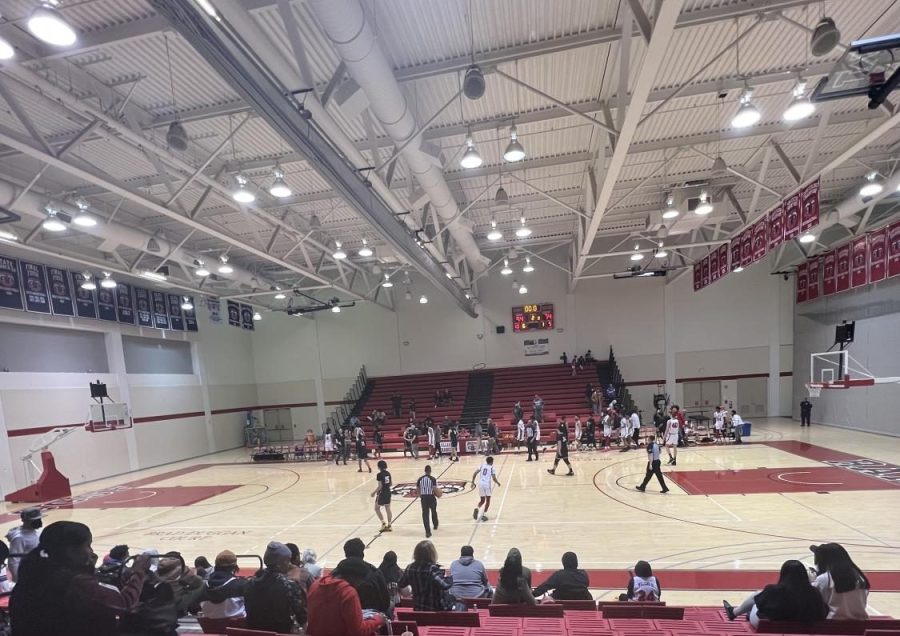
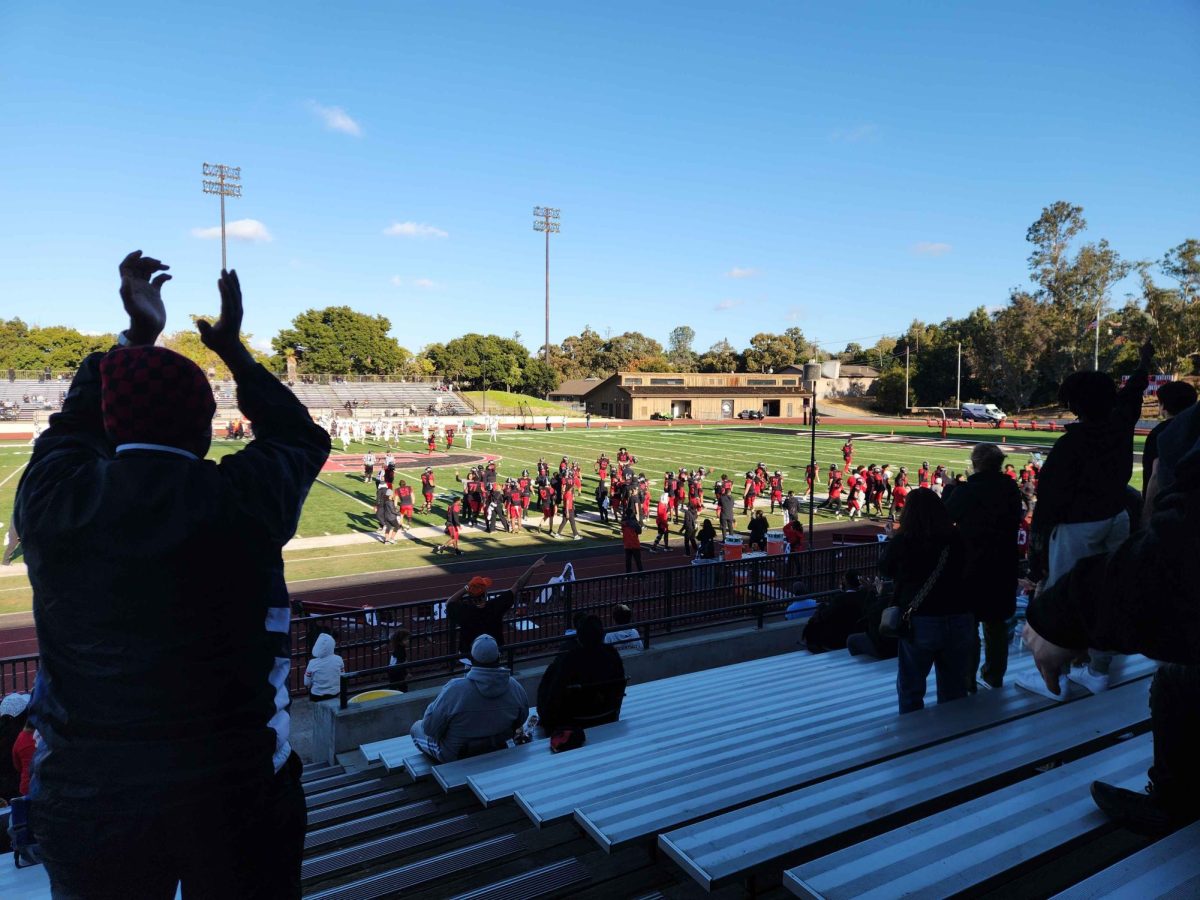


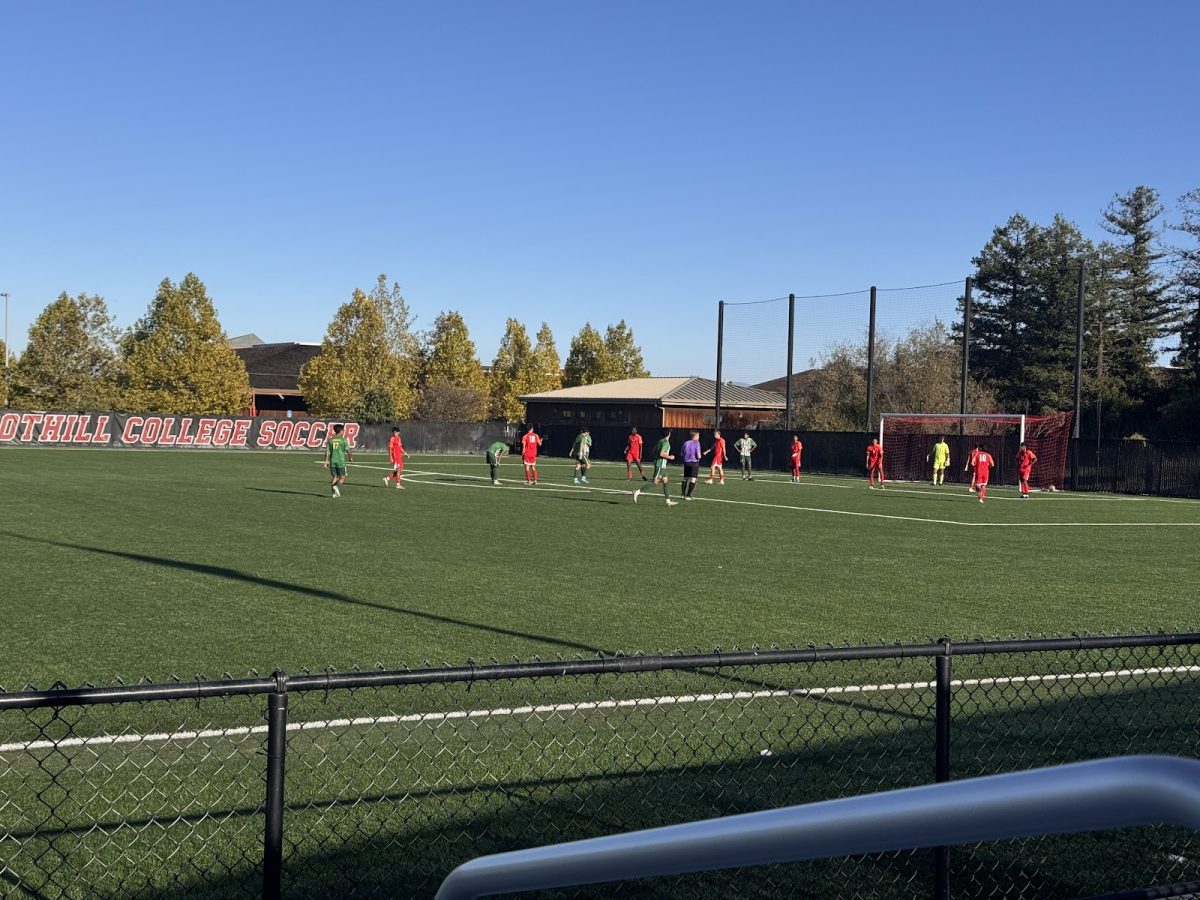












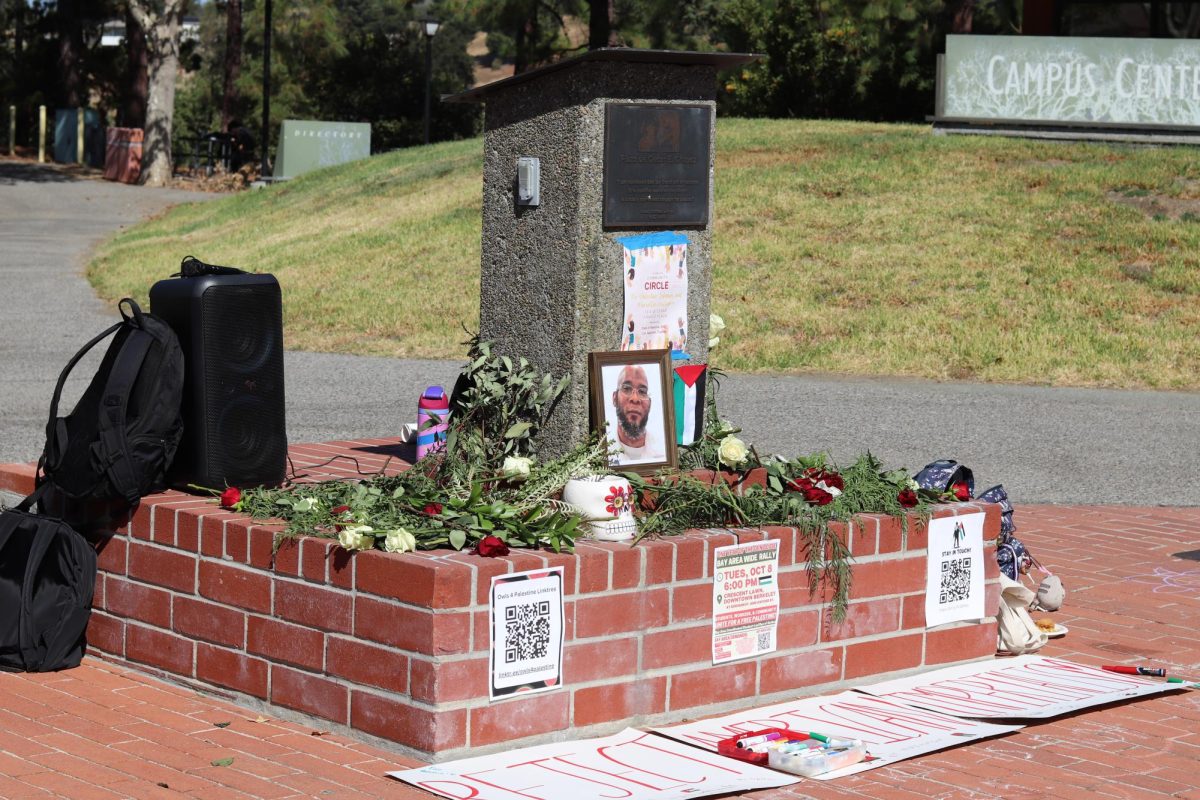









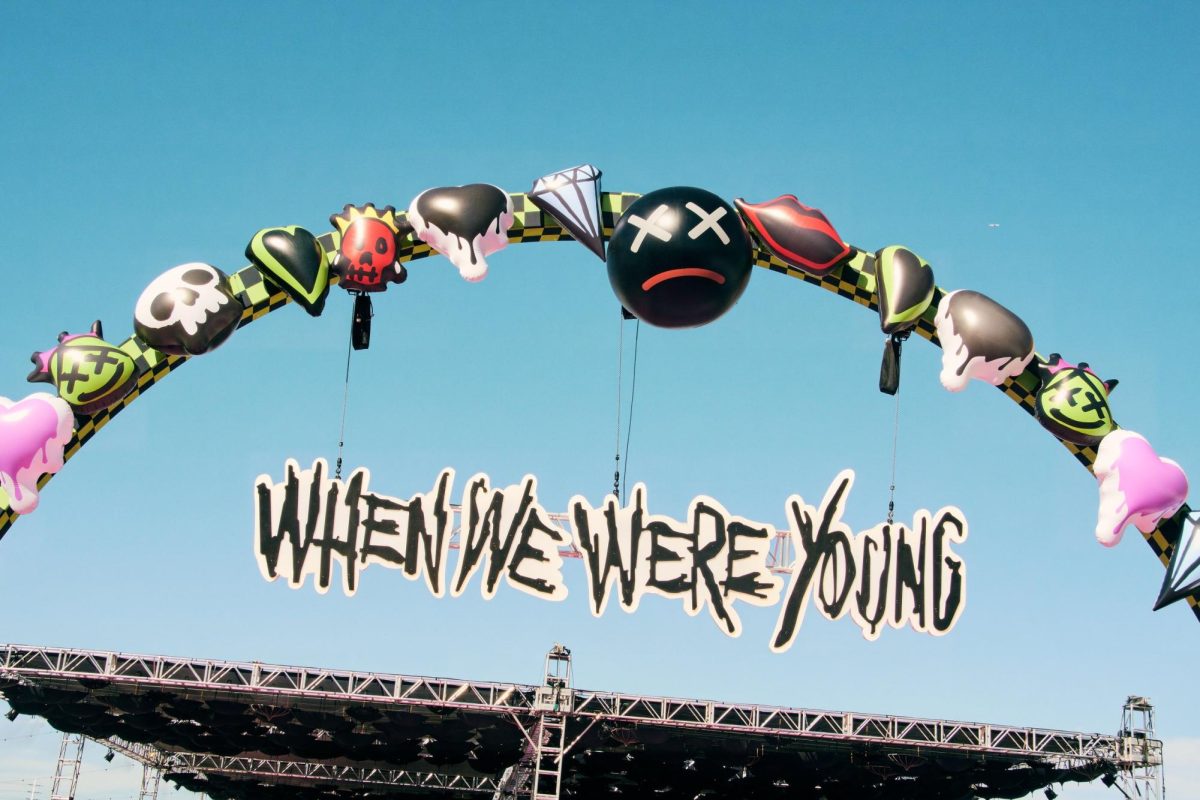





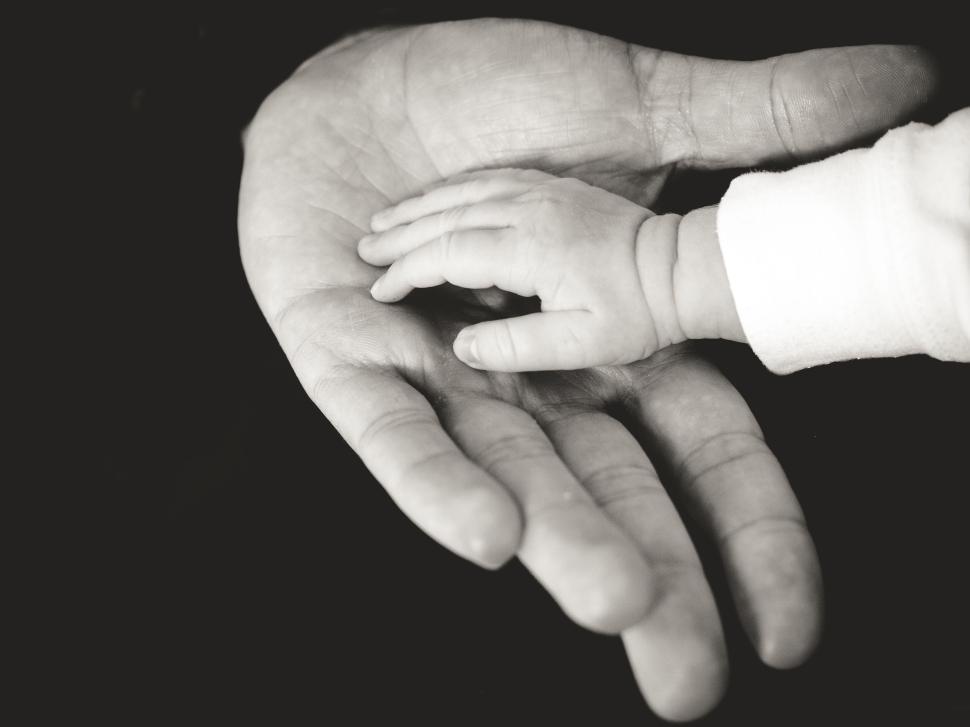



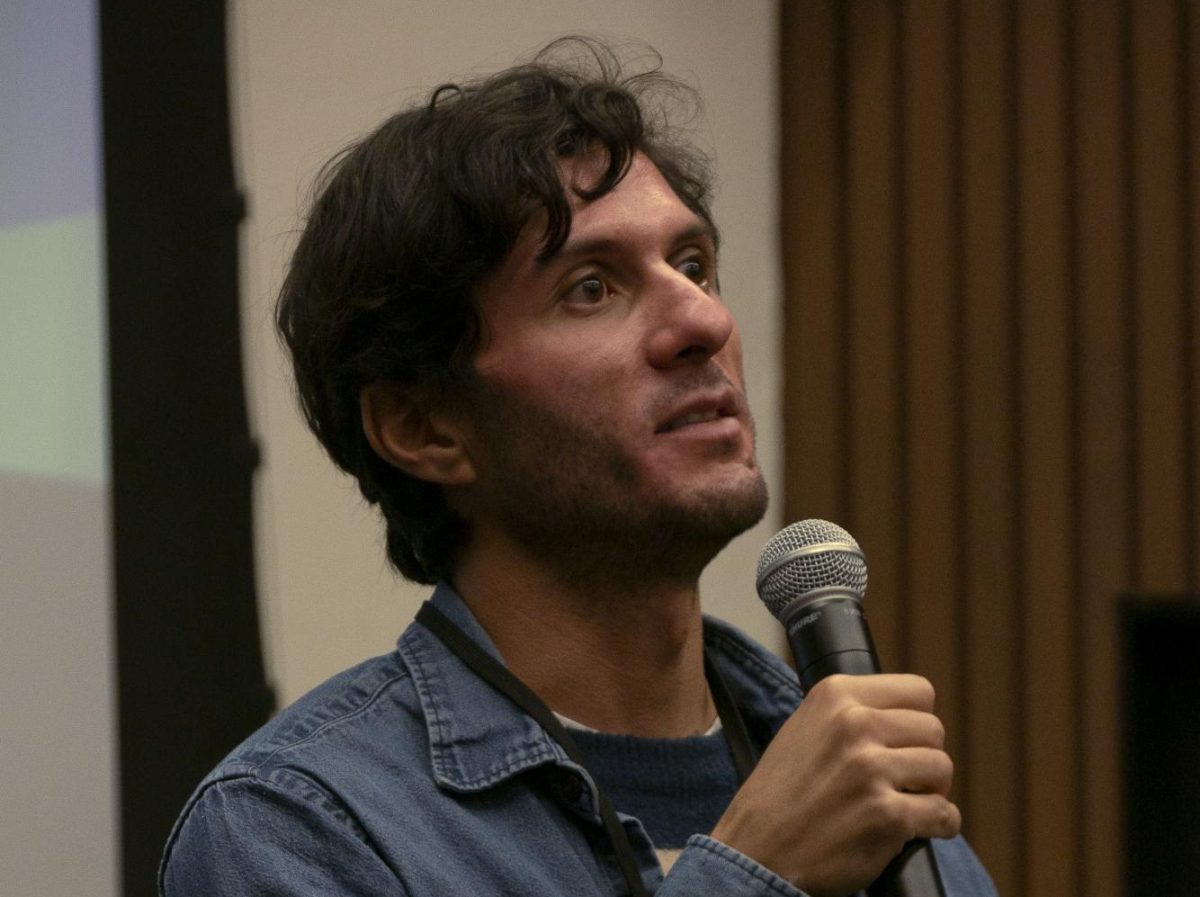
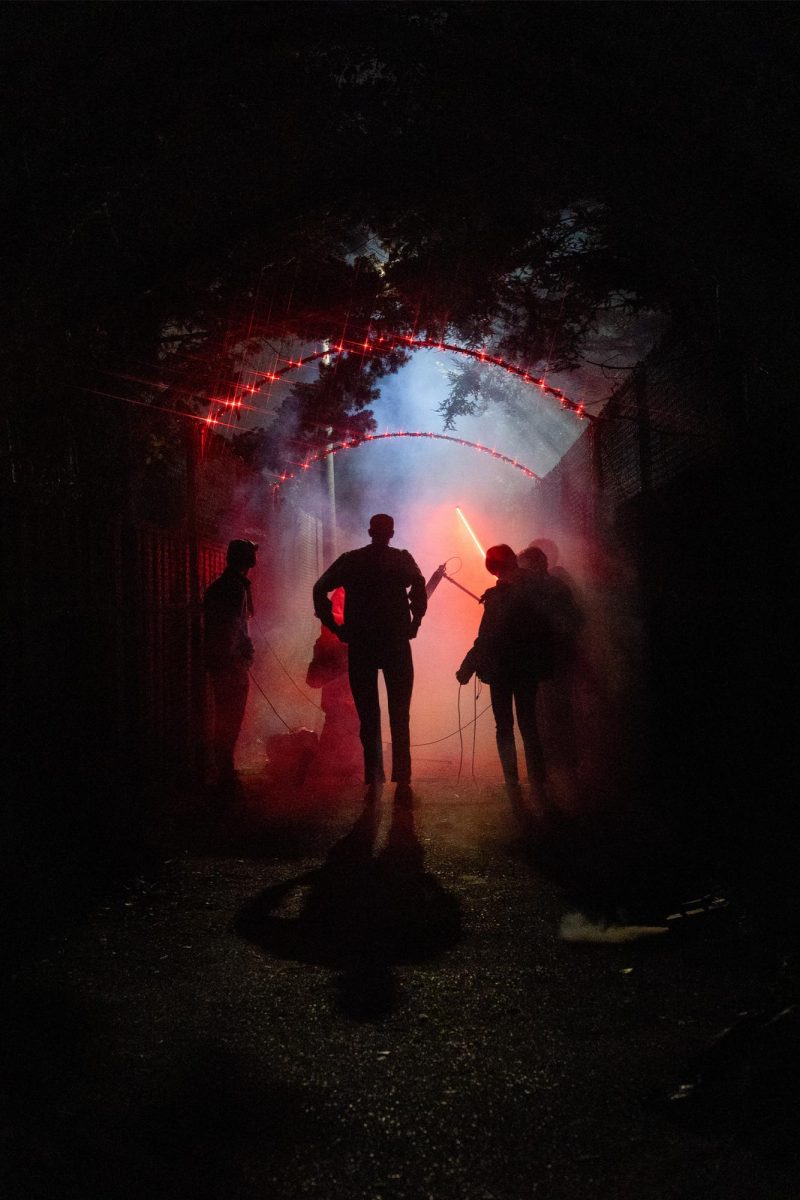

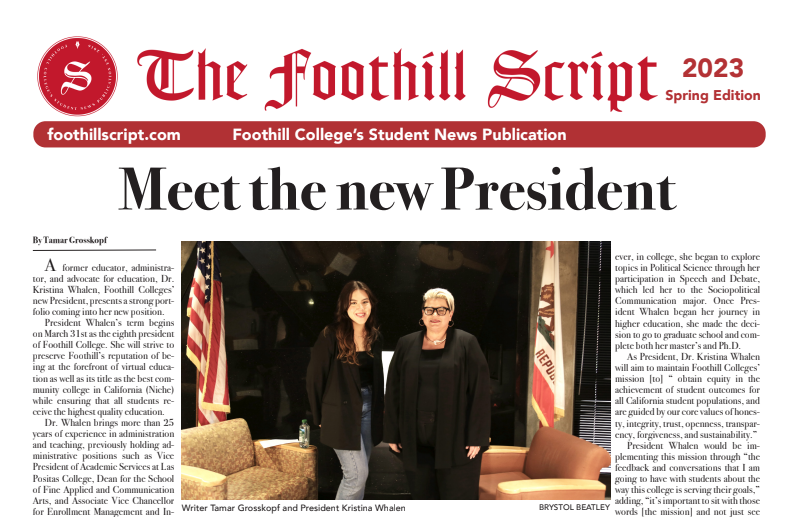








Alanis Bandy
Oct 10, 2017 at 9:36 am
Cristina Torres,
Something I found interesting that I would like to share with the you would have to be the fact that a lot of cities including Mountain View will soon be under water. Also, that the poor will be the first affected and will be the ones to suffer the most! I really enjoyed your article. I was engaged the whole time especially for a person who doesn’t like reading (myself) I read the whole thing! The texts central point to me is to warn the Bay Area about the climate change and how major the effect will be on us. This quote, “Once climate change takes its toll, the lower class will be the first to take the hit while the upper class comes out virtually unscathed,” really struck me because I know a lot of people that are apart of this lower class including myself and my family. I think it’s really unfair that lower class will essentially receive no help once this climate change hits! I would want you to further research solutions for the lower class that could potentially stop this mayhem before it happens!
Juliana Monela Teter
Oct 9, 2017 at 10:23 pm
I really enjoyed this article written by Cristina Torres, I think that not enough attention is brought onto the issue of climate change and this article addresses an outcome for us in the Bay Area if we don’t begin to take action. A line from the article that caught my attention was “Lower classes in the Bay Area have been more vulnerable to the impacts of climate change and rising sea levels, which only exacerbates the social stratification in the Bay for the worse. Once climate change takes its toll, the lower class will be the first to take the hit while the upper class comes out virtually unscathed.” Just like climate change I think the lower class in the Bay Area is something that is overlooked. This line describes perfectly what would happen to the lower class and how the upper class wouldn’t even be affected because this is something that constantly happens in the present day. This article brings great awareness to the outcomes of climate change in our area but I think it would be helpful if tips and research on how we could better the situation for ourselves and find a solution was also included to this text.
Michelle Malinowski
Oct 9, 2017 at 12:17 am
Cristina Torres,
Your article was truly awakening to read, I’ve recently been becoming more and more aware of the drastic effects of climate change, and your article did a great way of voicing that concern. Presidents, having such a huge say in what goes on, have denied the effects of climate change in the past and present, and I agree when I think it’s time to start acknowledging the facts. Climate change is real! One line that really stood out to me in your text was when you stated, “the process of living in housing due to low income and then having to pay money due to the housing creates a system where the San Jose lower class is kept at the bottom, making upward social mobility impossible while making it an extraordinary struggle to maintain the bare necessities”. This line struck me because of its truth! The way the lower class is constantly shut down when it comes to payments that will be affordable and fair for the lower class, speaks volumes about how the poor in the economy are treated. This endless cycle holds families back and leaves them homeless, while the higher class have money to afford home AND flood insurance. Although with the prices rising so high, and the pricing for flood insurance surely going on a rise, it’s nearly impossible to afford this kind of necessity in the bay area. I found your article filled with many interesting pieces of factual evidence. If there is anything you could expand more on, I would love to hear about in more detail about the evidence you’ve come across in the future for any similar articles. It’s refreshing to see other individuals in my college paying close attention to a serious problem the world is experiencing, right now, as climate change.
Christopher
Oct 8, 2017 at 11:26 pm
Cristina Torres’ article caught my attention because it is focusing on poor people in the Bay Area, and my mother and I are a part of “The Poor” people of the bay area. What’s even more unsettling is that, three cities, mentioned to be more prone to the damages of the flood, are being occupied by quite a few family and friends. While looking over the article I read a quote that I found interesting. “It’s going to fall down along lines of class and political power- who will be protected and who will be thrown to the dogs.” Said Brian Beveridge, co-director of the West Oakland Environmental Indicators Project. I found this interesting because this kind of thinking has been true since politics began, and it’s interesting to see how long it has been but how little has changed.I believe you should include more ways to help the lower class rather than just state the fact that they need assistance.
Xochilt Guzman
Oct 8, 2017 at 11:23 pm
Cristina Torres article struck out to me because the title said “In the Bay Area” and so It got my attention since I live in the Bay Area. A line I found interesting was “Once houses become inundated, citizens belonging to the lower class will be left homeless while the rich are in a better financial position to relocate”. I found this line interesting because its talking about peoples financial status. The lower class people should be getting all the help needed so they won’t be left homeless maybe create a fundraiser. I believe you should do further explanation on how to help the people that have gone homeless to help them out find a place to stay.
Veronica Reynoso
Oct 8, 2017 at 2:18 pm
Cristina Torres
The author’s main idea in this article is to be fully aware that the Bay Area will meet its troubles soon in the future and the ones to be impacted the most will be the poor, lower class. If people believe they will not be affected in any way, it will be a matter of time before they finally do. We will all feel the impact sooner or later so the author wants us to come together and support each other. Since we are divided socioeconomically, a current issue in the Bay Area, it is our job as a community to be informed and maintain a strong bond to get through climate change. It is one of the Bay area’s top issues and this is what the author wants to inform us about.
This statement is interesting because the author speaks honestly and we should take her advice. The only way that we can overcome huge struggles is if we all support each other in every way we can. I hear this from every single person who believes that we can go through these obstacles by helping each other.
I firmly believe the author did an amazing job on providing enough research evidence to inform us on a struggling cause. She provides us the exact evidence required to make her article ethical. And it allows us to research what she intended for us to be aware of. It’s such a neglected topic that I’m grateful she brought it up in the most effective way.
Marcel Vermeer
Oct 7, 2017 at 9:23 pm
Commentary to this article.
In The Bay Area, The Poor Feel the Impact of Climate Change First
Text Author: Cristina Torres
Publishing Site: The Script
This line struck me the most:
According to University of California-Berkeley, in the next hundred years, large seaboard
chunks of Mountain View, Palo Alto, Redwood City, Menlo Park and Sunnyvale will be under the ocean.
Why I find the statement interesting:
Because I am interested in the climatic changes. What will happen in years to come make it so interesting to me because it shows you how much the world can change. I find it special how they came up with the research to back up their story’s.
My feedback to the author:
It would be very interesting if you showed the reach that University of California
Berkeley did to find out that in the next hundred years a large seaboard of the bay
area would’ve been under water.